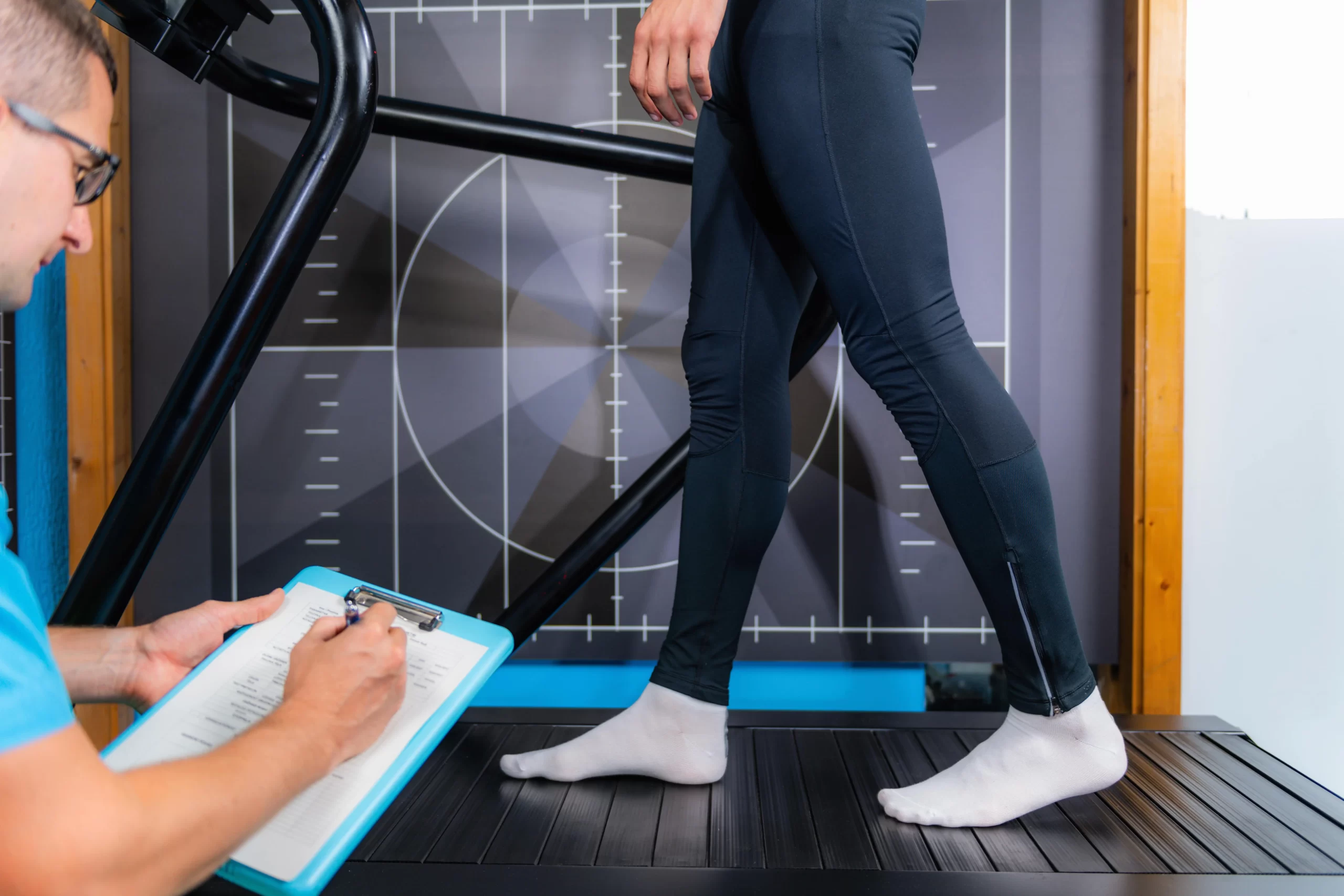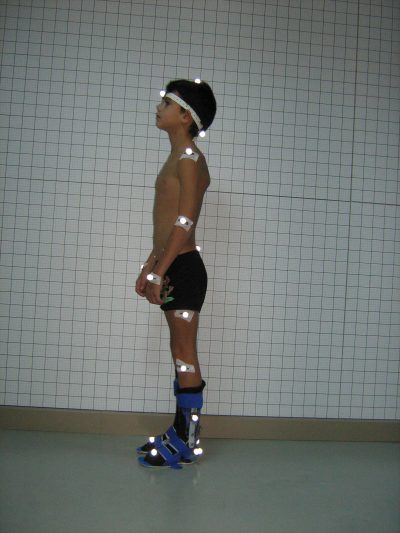Three-Dimensional Gait Analysis
Gait analysis is a very useful diagnostic method when it is performed and interpreted by the attending physicians or physiotherapists. It has important benefits, especially in cerebral palsy, patients with Parkinson's disease, people who just start doing sports, people with sports injuries, and prosthesis users.

Gait analysis includes all efforts made to determine how gait is. Gait analysis consists of three steps. Firstly, physical examination of the patient is performed. Then the patient is observed by the attending physician while walking. Subsequently, the patient's walking, body movements and muscle status are then recorded via various instruments and computers. In this way, gait is evaluated objectively by the physician. However, these two steps alone are not sufficient for gait analysis. A third step is also necessary for the gait analysis to obtain an accurate result. At this step, certain points are marked on the patient's body. The data obtained by means of the marker reflectors are transferred to the computers.
In our country, the analysis is also performed by simply videotaping the gait. However, it should be noted that the gait analysis consisting of examination and videotaping process does not provide correct results. When the patient's condition is presented with numerical data, it is easier to re-evaluate the gait periodically and follow up the treatment. However, it is essential for these numerical data to be evaluated by a competent person. However, gait analysis is a diagnostic method that contains very important details when evaluated by the attending physicians.
Who Should Have The Gait Analysis?
The gait analysis can be applied to the patients of any age from the age of 4 years. The patient's ability to walk alone is important for the diagnosis. Therefore, it is not proper to perform a gait analysis for children before the age of 4 years.
The gait analysis is performed especially in children with cerebral palsy, in patients with movement disorders, especially Parkinson's disease, and in people using prosthesis. In particular, a gait analysis is performed before using prosthesis in amputees. After the prosthesis is attached, the treatment is repeated for control purposes.
According to the results obtained by gait analysis, which is an effective method in determining the treatment protocol in children with cerebral palsy, various treatments, especially surgery, are applied. The gait analysis is repeated again at least 3 months later, preferably 6 months later. The treatment is assessed based on this result.

Gait Analysis for the Athletes
The gait analysis is also used for people who do, or plan to do, active sports. During the childhood, the gait analysis is used to determine which sports branch is more suitable for the child's body structure.
The gait analysis is also performed in people doing sports actively in order to accurately determine the results of the treatments applied after the injuries. It is particularly effective in determining the time to return to sport of the athletes who have underwent a surgery.

